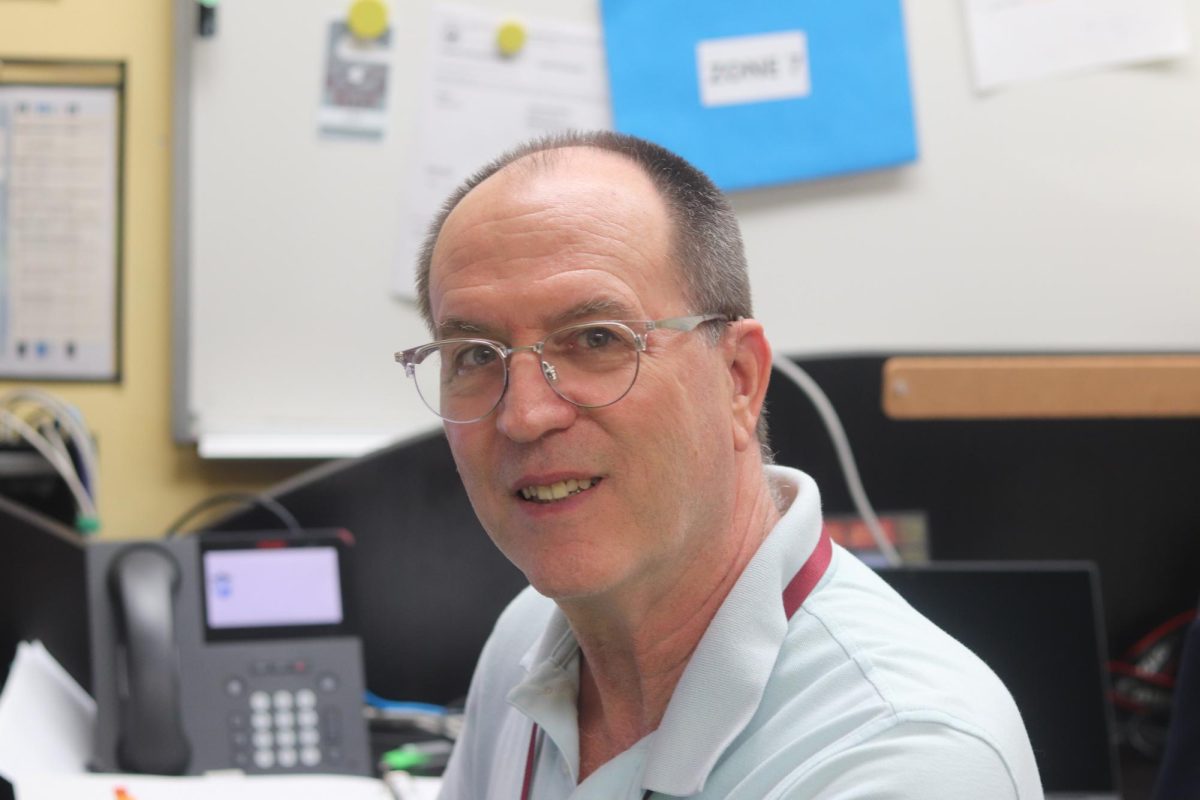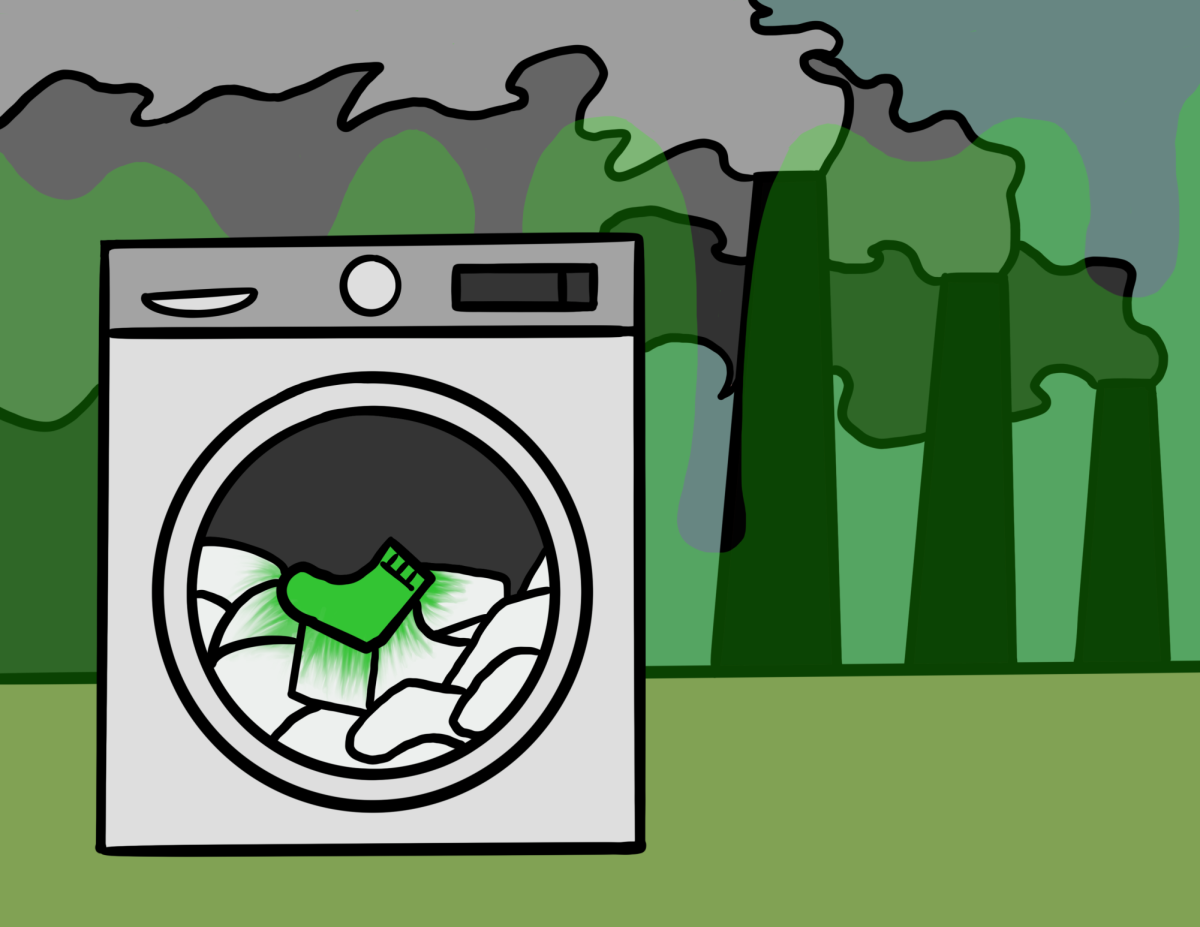A teen scrolls past one TikTok video after another, waiting for something to pique her interest. Coming across an influencer describing his experience with attention-deficit/hyperactivity disorder stops her, as she is enamored by his words. As he continues to describe his ADHD symptoms, she resonates with them and begins to question whether she has the disorder herself. Based on this one video, she diagnoses herself with ADHD, but she neglects to obtain professional help.
In recent years, there has been an explosion of social media content revolving around mental illnesses, and with teens being the primary users of social media platforms, they are constantly exposed to it. This exposure has given way to a new trend: self-diagnosing.
Self-diagnosing refers to someone diagnosing a personal illness without consulting a professional. The practices of self-diagnosing and obtaining a professional diagnosis are largely different and the term self-diagnosis is one many consider to be misleading. This is because a true diagnosis is one that follows a medical examination, something that does not occur prior to a self-diagnosis. Therefore, self-diagnoses do not hold up in the medical field.
The trend of self-diagnosing has become increasingly prevalent in teens’ lives through social media, particularly on the platform TikTok. On TikTok, teens, including Marjory Stoneman Douglas High School students, often view mental health-related content on their “For You” page. In fact, “hashtags on TikTok in 2021 include 2.7 billion views for ADHD (attention deficit hyperactivity disorder), 2.5 billion for Tourette’s and 1.5 billion for DID (dissociative identity disorder),” according to Psychology Today.
This content typically encourages identification with a disorder and is most popular in the form of personal experience videos, in which influencers detail their personal experiences and symptoms with a mental illness. Then, when teenage viewers resonate with these symptoms, they become persuaded that they have the same disorder.
“People share the symptoms of their mental illnesses on social media all the time,” sophomore Mea Torres said. “People in the comments will always say, ‘I thought this was normal’ or things like, ‘does this mean I have the illness?’ Many people self-diagnose based on a 15-second TikTok a random person made about their experiences.”
One reason teens may feel compelled to self-diagnose is because they are seeking validation and a community to which they belong. Putting a label on their experiences is what allows teens access to these communities, as it establishes a shared struggle that can be openly discussed and bonded over.
“[Teens self-diagnose because of] the ideal of wanting a community to fit into,” senior Emma Hershenson said. “A diagnosis allows us to feel safe with the people who have the same thing.”
However, teens are often searching for an explanation where there is none. It is a common occurrence that they will see mental health-related social media content and attribute a normal struggle to a disorder or illness instead of what they are just experiencing as a mental health experience. Mental health experiences are the emotions of everyday life and involve things like having anxiety before a test or feeling uneasy before playing in an important football game. Additionally, the practice of categorizing mental health experiences as disorders has a considerable amount to do with the overgeneralization of disorders on social media.
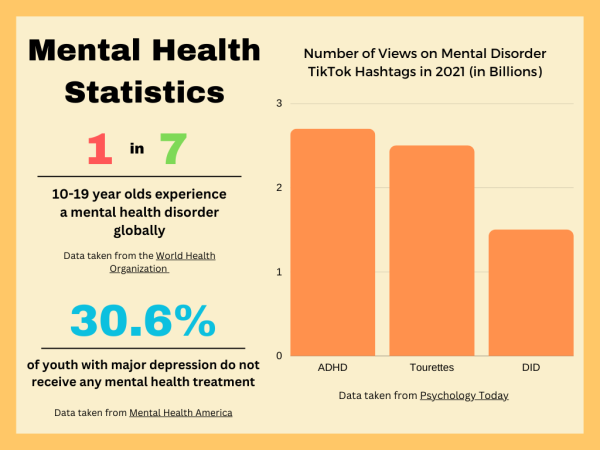
There are negative consequences to self-diagnosing; for example, the possibility of misdiagnosing an illness that is actually present. The symptoms of one disorder can present as and be mistaken for another, leading to mistreatment, delayed appropriate treatment and the overall worsening of one’s condition.
“I think the biggest negative [of self-diagnosing] is not being entirely sure if you’re correct,” Torres said. “Self-diagnosing is kind of like an assumption and it can be really stressful if you assume wrong.”
The same videos that are causing teens to self-diagnose, however, are also the ones that are helping to destigmatize the topic of mental health and create awareness. They establish a space in which people can openly discuss mental health and generally have the potential to be beneficial to teens.
Some students find that self-diagnosing is or can be an acceptable practice, depending on the circumstances in which it is done. They believe that if necessary, one can use resources such as TikTok to give them an idea of what they are experiencing and do further research to come up with an educated guess as to what they have. Still, this can only be a truly valid diagnosis when they subsequently consult a professional.
“When a person is really struggling I think that is when it is acceptable [to self-diagnose],” junior Sophia Camacho said. “When a person does their research or goes really into depth with the symptoms they face and their issues progress to get worse, I think that’s when it’s best. Money can also be an issue for most to afford a therapist or someone to help them out.”
Lacking the financial ability to obtain the services of a professional can be a huge obstacle for teens looking to acquire a legitimate diagnosis. Another obstacle is a lack of parental support in acquiring one. Consequently, teens may rely on self-diagnosis instead in order to validate their struggles.
“If somebody is genuinely struggling to live a normal everyday life and they don’t have the resources to go see a professional and they do extensive research on the symptoms and possible mental illnesses, then I think it is absolutely acceptable to self-diagnose,” Torres said.
Self-diagnosing is a prevalent trend and has only continued to grow in popularity among teens. This has led many to be cautious of social media content and how it could influence them. Self-diagnosing can have consequences, and consuming media responsibly is how teens are actively limiting its influence while still procuring the benefits of mental health-related content.


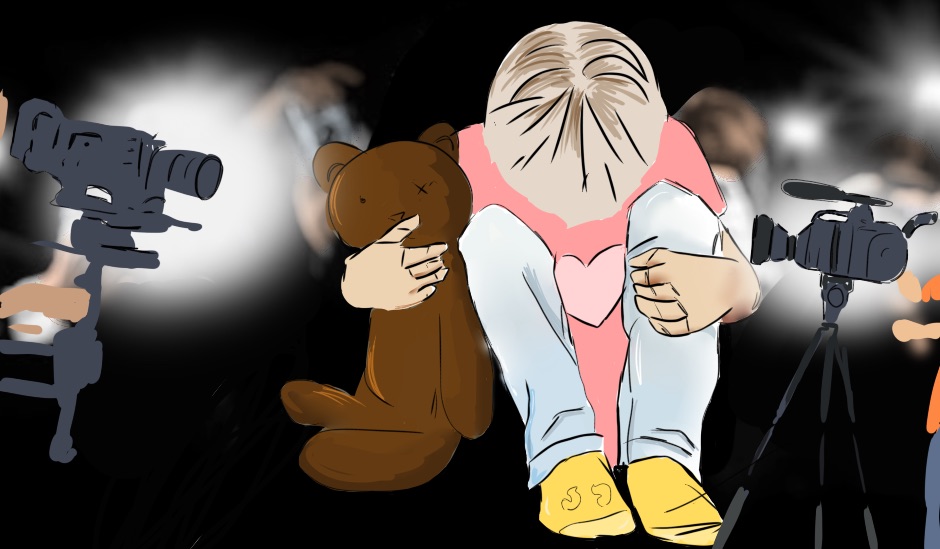

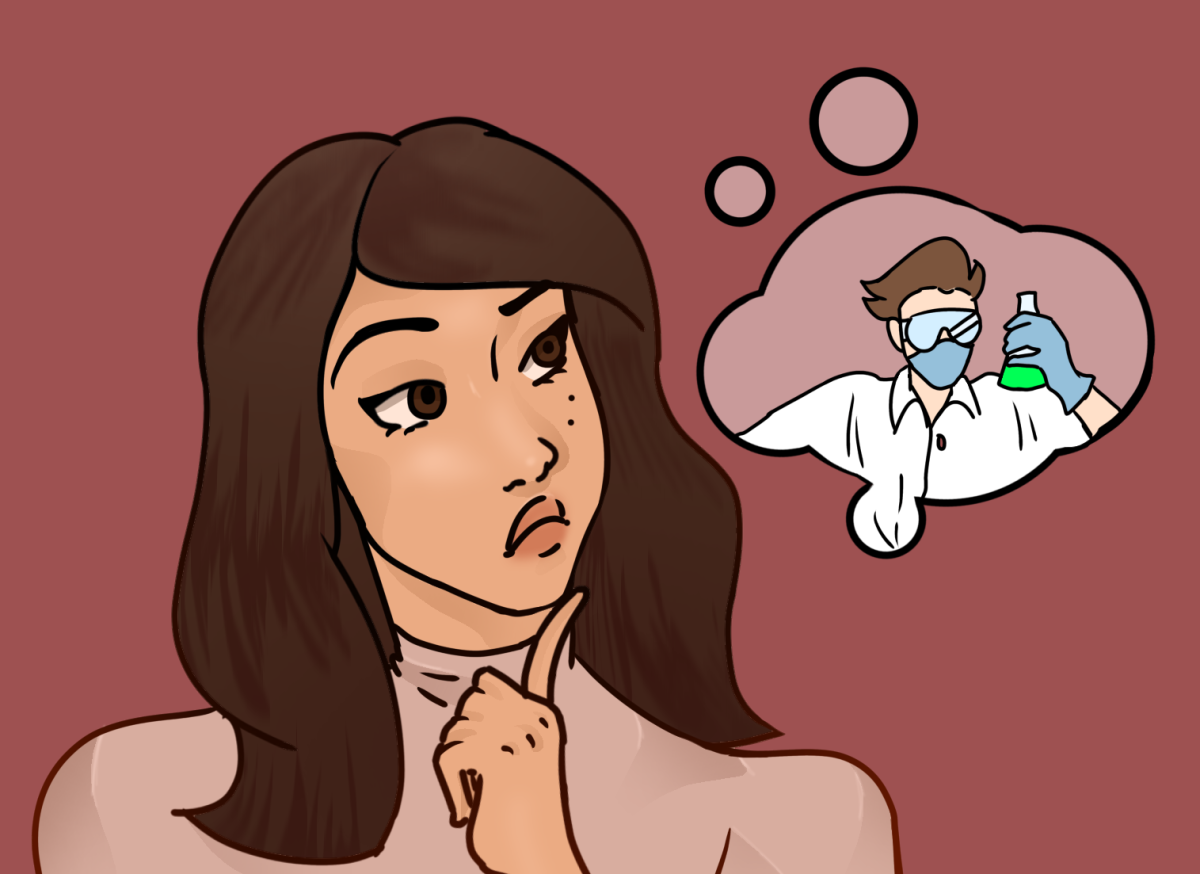

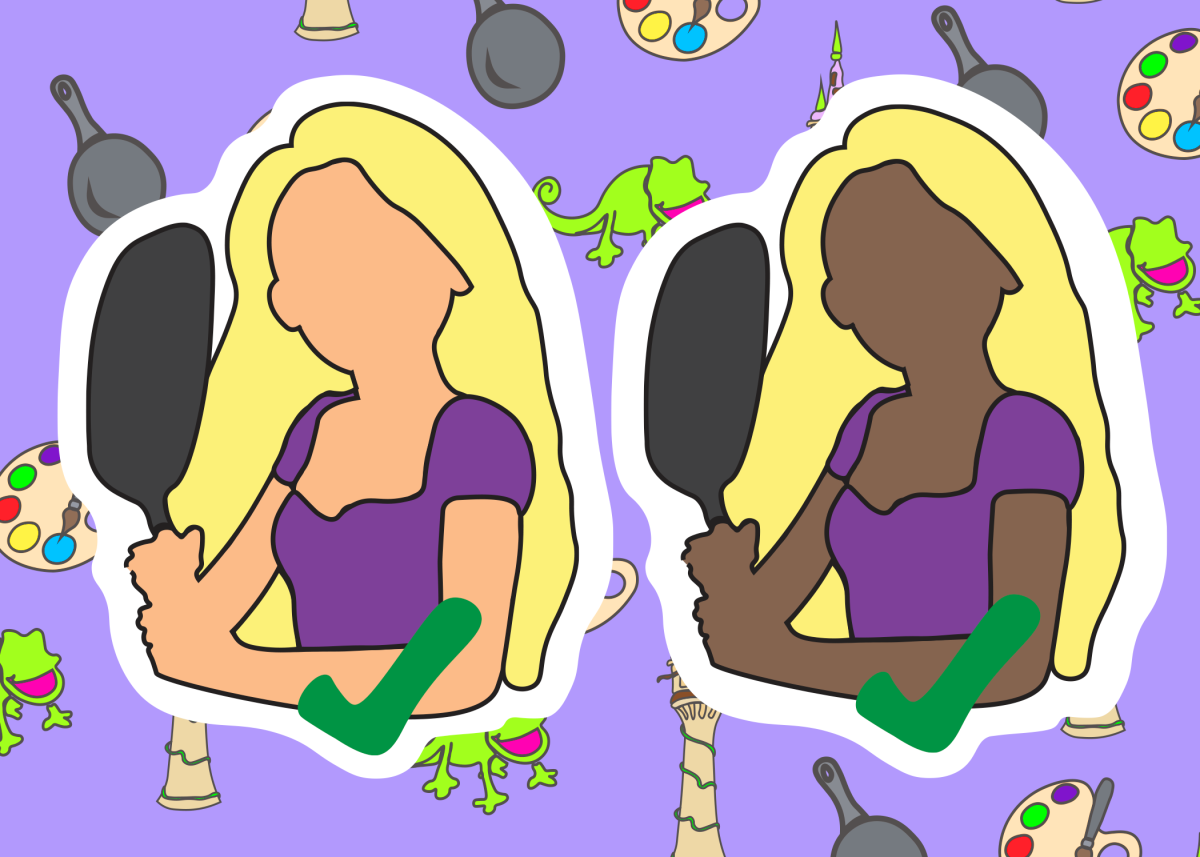




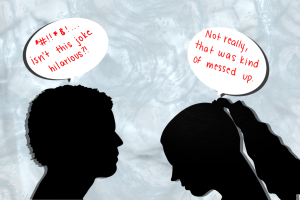
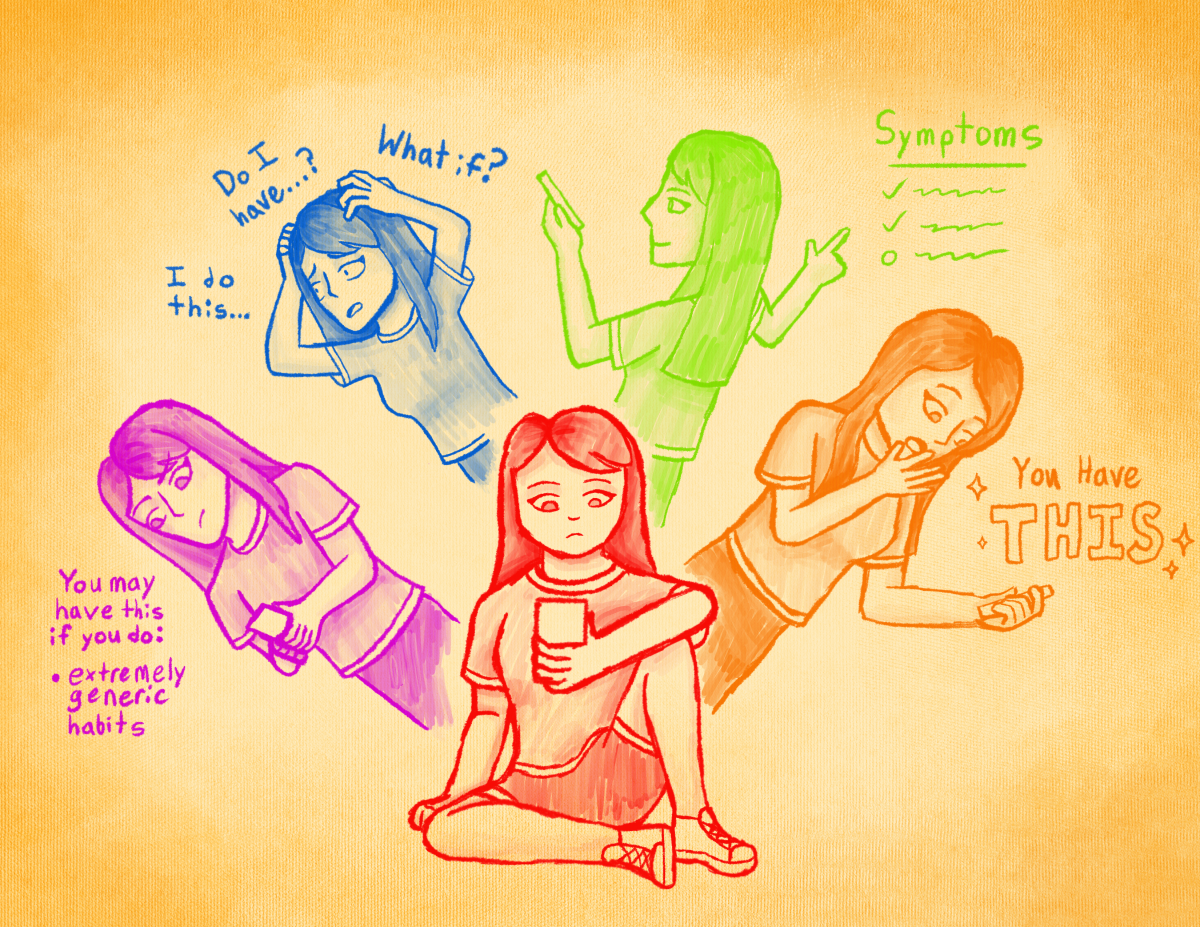

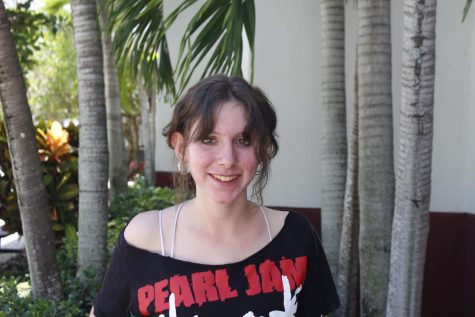

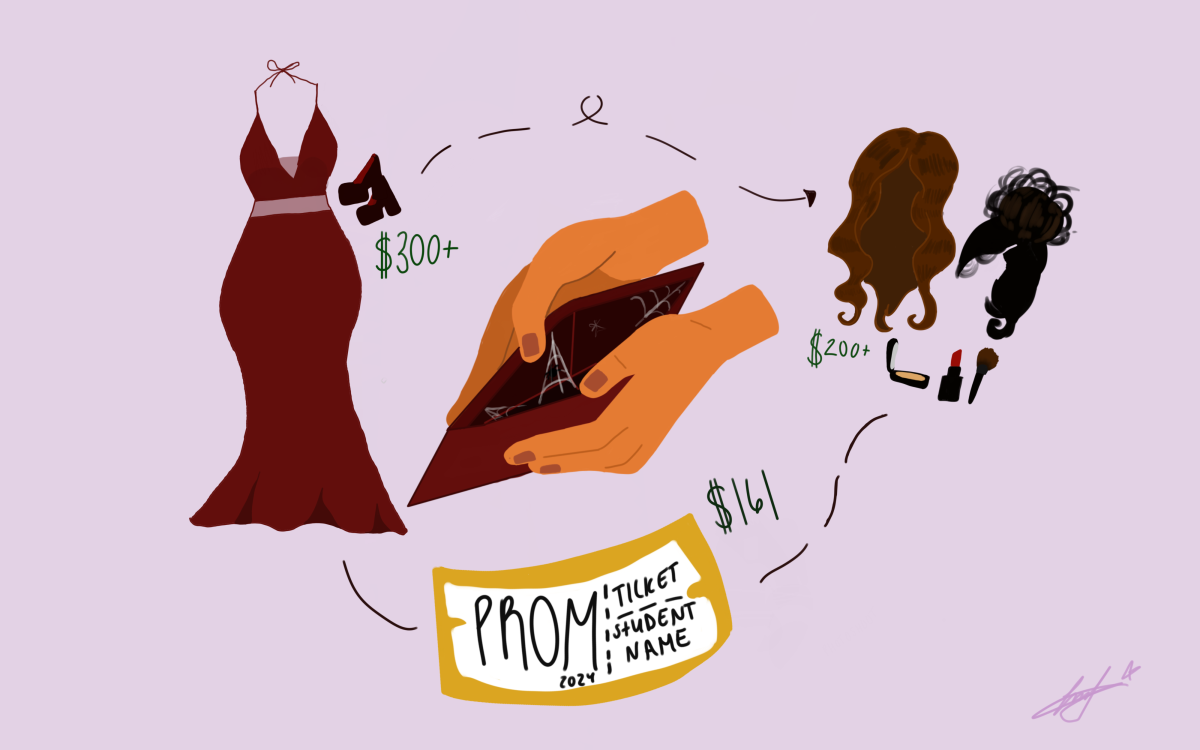





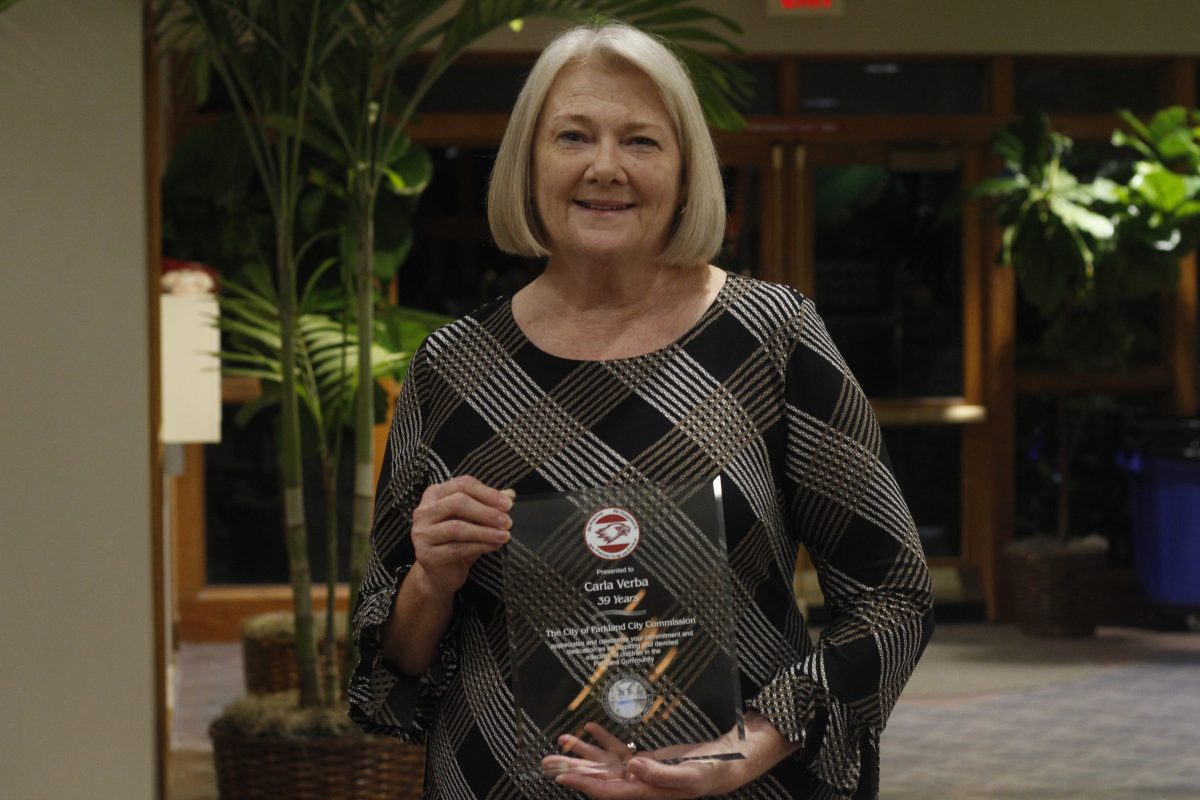

![(left to right) Seniors Stephanie Bilsky and Gracyn Haynes sport the DECA symbol, a triangle, at their first career fair, hosted on Dec. 6, 2023. The career fair had 12 business for students to explore and ask questions about. What we wanted to do is just take what weve learned [in DECA] and expand it to those students who arent enrolled in this class and dont have access and then just kind of take it to the community and allow students to discover their future as well, Haynes said.](https://eagleeye.news/wp-content/uploads/2024/01/9n9MEiC72JCfrptYKrZhoKhKscuboBiEju33GYeA-1200x800.jpg)
